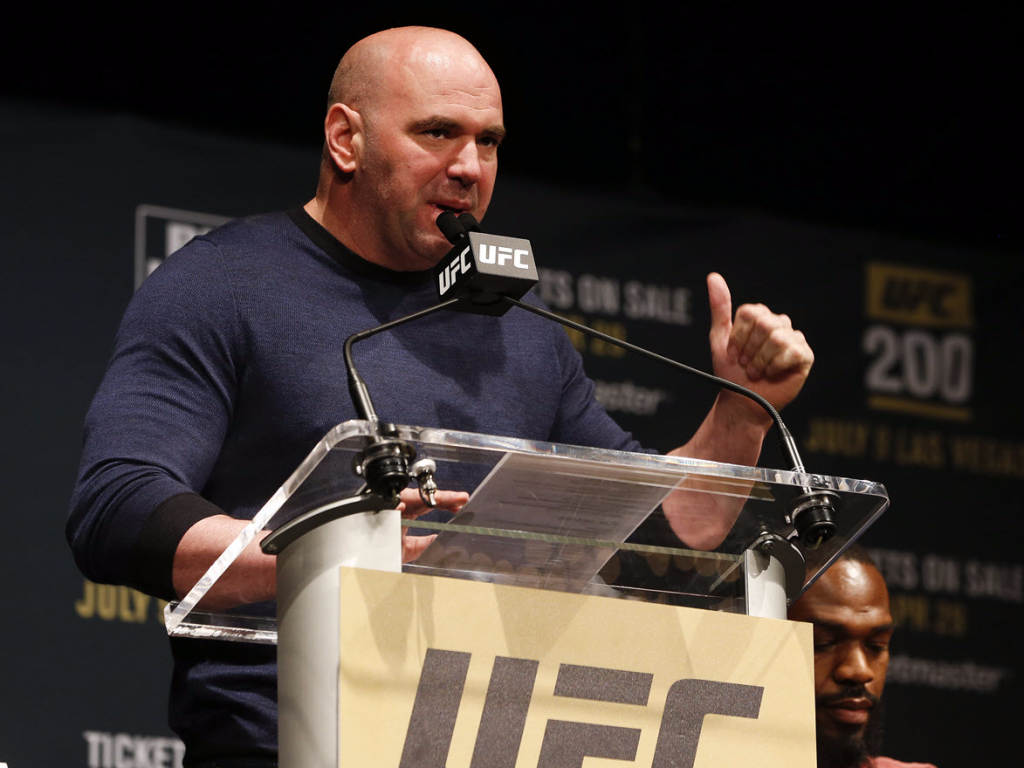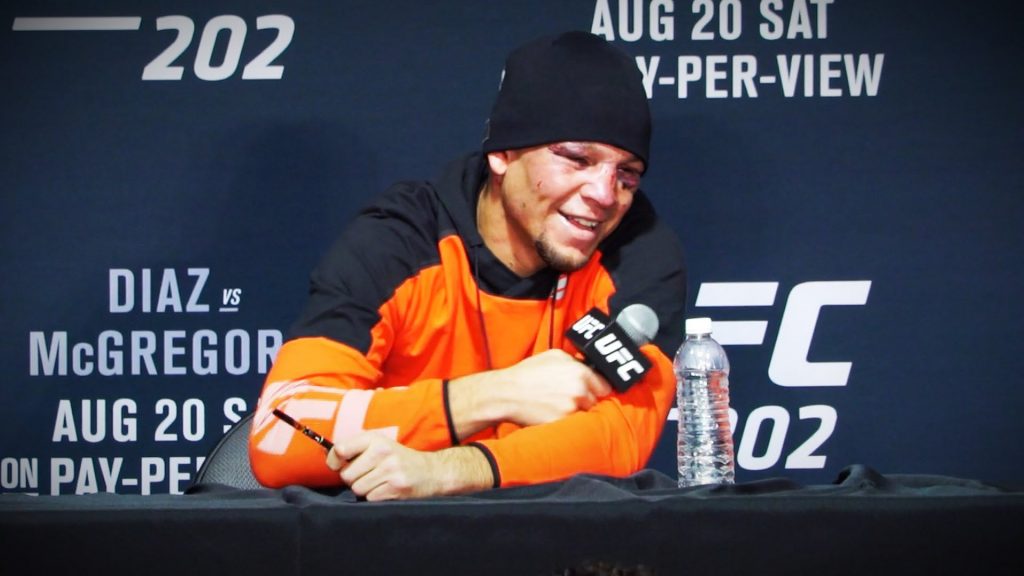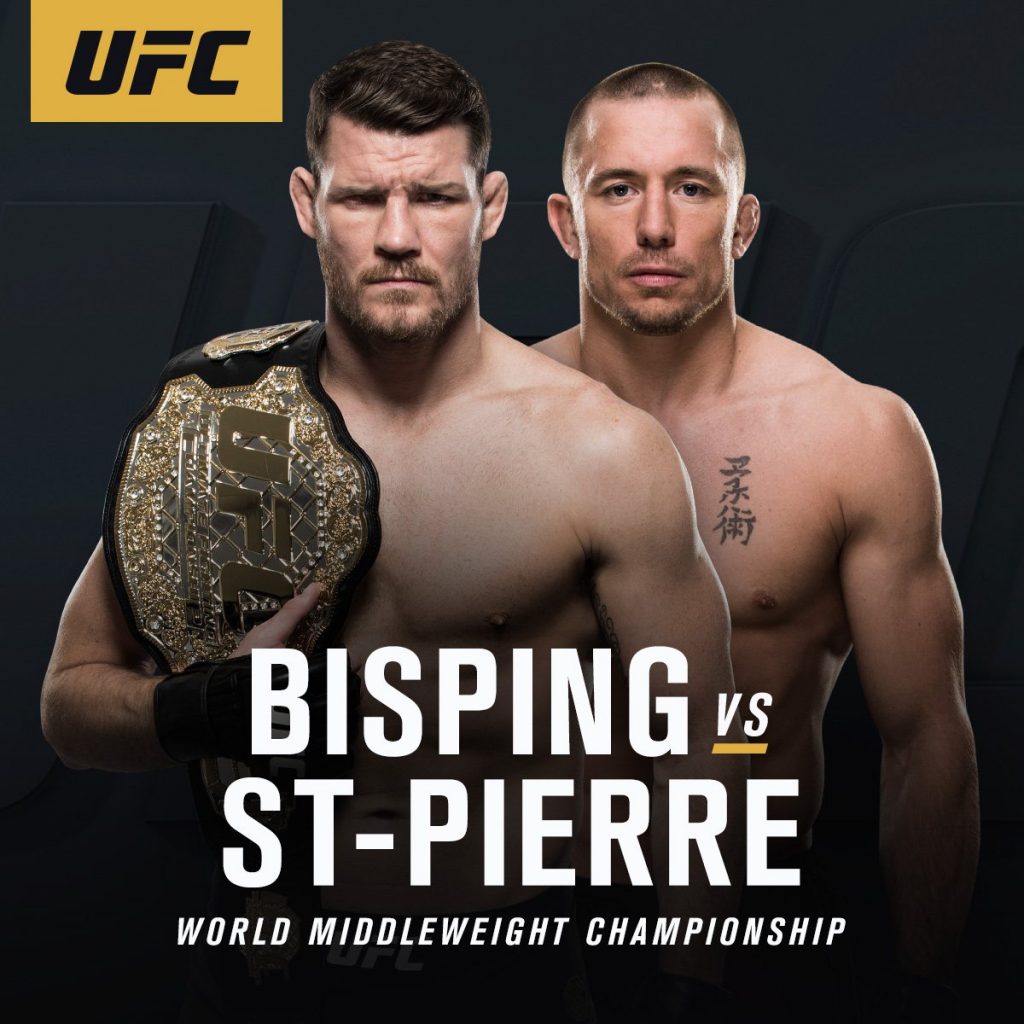Mixed Martial Arts (MMA) is not a trivial sport. In the summer of 2016, one of the premier MMA promotions – the Ultimate Fighting Championship (UFC) – was acquired by Hollywood agency powerhouse and investment group WME IMG – for $4.2bn.
Dana White, President of the UFC, summed up MMA’s newfound notoriety on the world stage. “Sport is going to the next level” he said.
The rapid rise of MMA is partially due to the sports simplicity – ‘it’s a fight’ – something which anyone anywhere in the world can comprehend. However, its surge in popularity in recent years speaks more to the graft of that pioneering UFC promotion, which for twenty years campaigned tirelessly to humanise a bloodsport. It made acquisitions of other promotions, it brought in Reebok sponsored uniforms, it blooded female fighters, but above all else – it made itself an extremely accessible promotion. MMA opened its entire narrative up to the world, utilising an innovative mixed media approach that is unrivalled anywhere else in sport. In 2016, celebrities such as Serena Williams, Michael Bay, Mark Wahlberg, Ben Affleck and Tom Brady all invested in MMA, anticipating its march towards the mainstream.
MMA is a young sport. In the 17th Century, during its formative years, even that gentlemanly sport we call Cricket found itself dogged by controversy. A raucous uptake in gambling brought about The Gaming Act 1664, a problem still synonymous with the sport to this day.
This is where we find MMA in the present day. The UFC was only born in 1993 and as with any other emerging sport, it has a troublesome pile. At the top of that heap sit Performance Enhancing Drugs (PEDs). The stereotype of a muscle-bound oath sticking a needle into his backside within a gym locker room is known. Lesser known perhaps, is that of the ‘stoner’ martial artist – which is odd to comprehend, counterintuitive maybe, but still, inside that same MMA locker room as the PED cheats, the scent of cannabis lingers.
The World Anti-Doping Agency (WADA) and the United States Anti-Doping Agency (USADA)
On 8 January 2017 at the Golden Globe Awards, Meryl Streep dismissed MMA as an artform. Of course, nowhere is it writ in stone that art is only the things Meryl Streep approves. However, her comments rankled with the thousands of male and female athletes who ‘bust a gut’ each day in pursuit of discipline and expertise, and perhaps one day – greatness.
Lifelong martial artist and legendary commentator Joe Rogan often describes MMA as “high level problem solving with dire physical consequences.”
For the purists, MMA is an art form that is advanced during bouts of unarmed combat. This of course brings with it risks of serious injury so it is no wonder that coaches and fighters alike are so particular about ‘fair play’. The purists of the sport hate cheating. Long gone is the ‘anything goes’ spectacle of the Pride MMA promotion in Japan – where fighters would compete against each other whilst ‘juiced up to the gills’.
Dana White, president of the UFC, had enough and on 3 June 2015 he brought in the United States Anti-Doping Agency (USADA) – even though it is not in any short-term UFC business interest to have fighters caught out for cheating and dropping out of shows. USADA is a nonprofit NGO that is partly funded by the US Government Office of National Drug Control Policy. It is the organisation that brought down Tour de France cycling cheat Lance Armstrong. USADA utilises the governing principles of the World Anti-Doping Agency (WADA) – renowned for the ‘Russians at Rio Olympics’ debacle of summer 2016. At WADA, cannabis is steadfast on the banned list. The following reflects on three key reasons why.
1. It represents an actual or potential health risk to the athlete
In early July 2016, USADA mercilessly busted the undefeated and most infamous MMA fighter of all time – Jon ‘Bones’ Jones – for PED’s. In effect, it destroyed the UFC 200 fight card and cost Jones his ‘fight-purse’ (prize money) and millions of dollars in future sponsorships and endorsements. Jones got caught using oestrogen blockers, substances which counter the effects of a testosterone steroid cycle – something Jones explained away as contracted from a pack of penis-strengthening pills he bought at a local petrol station (but that’s another story). The tragic truth of it all is that in MMA today, many fighters remain chained to a past that turned a blind eye to PEDs and they are hooked on drugging cycles, addicted to using steroids that have side effects such as blood clots, high cholesterol, tumours, and even flaccidity.
Nonetheless, USADA remains on the look out for those whom ingest cannabis, stating;
Cannabis use can alter the perception of risk, thus potentially leading to poor decision making. It may also impair essential technical skills of the athlete, thus leading to a higher probability of accidents and injuries. Cannabis use may also negatively influence coordination, movement, and time estimation. All these effects may pose a risk for the athlete and others…
On 14 March 2017, reports surrounding the latest ‘cannabis cheats’ emerged. Three fighters tested positive for cannabis at UFC Fight Night 104. However, none of the fighters were sanctioned by USADA due to levels of cannabis in their system falling below levels set specifically for a fight event.
And this is where the controversy sits: what is the punishment – is using cannabis cheating? Is it a health risk? The UFC wants healthy fighters: healthy fighters equal a healthy business and cannabis use gets President Dana White nervous, “[..] so [we’ve got] 475 guys under contract and 400 of them would be out with marijuana.”
Dana White doesn’t ingest cannabis and his frustration with those that do and get caught for it, is understandable. USADA does not test out of competition for cannabis. Instead, it is concerned with fight night specifically; halting anyone from engaging in a fight inside the Octagon arena whilst ‘high’. That is an extremely dangerous activity. It is important to remember – from console-playing five foot two inch UFC champion Demetrius ‘Mighty Mouse’ Johnson, to openly gay headlining star and women’s UFC Champion Amanda Nunes – MMA fighters are trained killers.
2. It has the potential to enhance or enhances sport performance
On 20 August 2016, less than an hour after his welterweight fight with sporting superstar Conor McGregor, Nate Diaz stepped into a post fight press scrum puffing from a cannabidiol (CBD) vape pen. In Boxing, the press still holds up dictaphones to a fighters table, but not in MMA. Within moments, Youtubers and the like had posted his actions up online and caused a fractal argument of the much larger cannabis debate: one that separates out the psychoactive from the medicinal properties of the cannabis plant.
On the one hand, Nate Diaz is an antagonistic character. Diaz drew the sports biggest star – Irishman Conor McGregor – into a prize fight via a controversial call out, and then after choking the superstar into submission he grabbed the microphone and told the world, “I’m not surprised, motherfuckers”.
But, on the other hand, Diaz remains a loyal mixed martial artist and has endured thousands of hours of training. He trains for triathlons, he doesn’t drink alcohol, he is vegan and incorporates cannabis into his pursuit of a healthy lifestyle. He is also loyal to his brother Nick – who is serving a five year suspension from the sport for in-competition cannabis use. The belief of Nate Diaz is firm; his is the phrase “you do steroids, I’ll smoke marijuana and we can fight.”
As it happens, Diaz left the Las Vegas T-Mobile Arena that night, without being stung for his CBD vape use. For most, he was just a fighter who put his body on the line, drew in countless eyes (plus the associated millions of dollars) to the sport, and had only been paid a relatively small purse. It is likely he was afforded a little leeway in his choice of post-fight non-psychoactive pain relief. For the purists though, he had brought the cannabis debate up into a new stratosphere. The realm of the elite sportsperson.
In terms of their sporting performance, the elite MMA practitioners are highly interested in recovery; speed of recovery from fights, recovery in time for the following day’s training session, recovery from a plane flight, a meal, and so on. Purist and legendary Canadian MMA Coach Firas Zahabi explains,
On TRT (Testosterone Replacement Therapy)… you are able to practice a spinning kick more then somebody who is natural… when you recover more, you can practice more.
In other words, recovery has a direct correlation to technique, and in MMA technique is what the purists of the sport revere – it is the fruit of dedication, something that cheats look to bypass.
In 1993 and 1994, Brazilian pioneer and UFC Champion Royce Gracie showed that with adequate technique, the little guy can beat the bigger guy in a fight. Holly Holm knocking out mega-sportswoman Ronda Rousey is evidence of it at play in the women’s game. Conor McGregor, the first fighter to hold a UFC World Championship simultaneously in two weight classes said, “Precision beats power. Timing beats speed.”
So where does cannabis fit into the elite sports performance mix? Coach Zahabi has an insight as to why cannabis is considered cheating in elite sports performance:
[..] because it kills nerves, and that is part of the battle. The pressure is part of the challenge, and taking the edge off is a psychological advantage… anticipation can cripple opponents, and they should have nothing to lean on.
On any given UFC fight night, USADA tests for cannabis use during a period of six hours either side of a fight. That means, for fighters to effectively remove cannabis from the entire PED debate, they must avoid ingesting cannabis for a total of a 12 hour period. Of course, for many MMA cannabis users they believe this sanction is unnecessary; something Nate Diaz highlighted during that infamous post-fight presser.
3. It violates the spirit of sport
The fighting landscape of the UFC has changed since USADA testing came in. It is no coincidence that two of the most prominent anti-doping voices of the sport are set to fight in 2017.
Michael Bisping is an English middleweight fighter and, for some, an outside bet to be cast as the next James Bond. In the pre-USADA era he never once got a title shot and was vocal about the opportunities that cheats had ripped from him. He believes drug cheats should be banned from the sport for life. At present though, in the USADA era – where invasion of each fighters private life by the doping agency is commonplace and controversial, Bisping is a world champion. For many that is evidence of the prevailing purist attitude that PED’s mask skill level.
Sometime in 2017, Champion Bisping will fight returning welterweight Champion and Quebec native George St-Pierre. They will fight for the Middleweight World Championship, and the smaller man St Pierre – who is trained by coaching master Firas Zahabi – will put that concerted belief in technique to the test against the bigger boxing bruiser Bisping.
Both fighters livelihoods have been affected by PED cheats in the past, and so it is interesting to note that both maintain an attitude towards cannabis that is more tempered. Bisping is flippant about the cannabis issue, and tweeted comments in 2015 about Nick Diaz’s failed drug test which resulted in his five years suspension from the sport:
Obviously, he’s failed another marijuana test, and that’s three. Nick Diaz, he likes to smoke weed. What can I say? Maybe the guy has anxiety issues, who knows? You can’t fake stupid, what are you going to do?
St-Pierre commented on the same incident:
It is a drug, yes, but I believe that there should be different penalties for certain products that competitors use. Marijuana can help a person who suffers from anxiety, but it can’t make you physically stronger or more powerful, more efficient. I do not believe that it should be judged in a severe way.
Perhaps referee John McCarthy, an ex Los Angeles cop and two time winner of the World MMA Awards ‘Referee of the Year’, should have the parting comment on cannabis and its overall place in MMA:
[..] my personal opinion on marijuana as a performance enhancing drug for fighting is – absolutely not! I think the problem with marijuana when it comes to fighting is it can reduce your abilities, slow you down, diminish your reflexes, which in essence makes it more dangerous for the fighter ingesting marijuana.
I think it is silly to say that marijuana is a dangerous drug while opiates and opioids are being used all the time and under medical supervision are considered safe. Any medication can have side effects, and we should always be open to finding better ways to handle some of the aches, pains and problems that come with pushing your body to the point of it breaking down.
The debate continues.
Alex Brewerton is a contributor to Volteface



